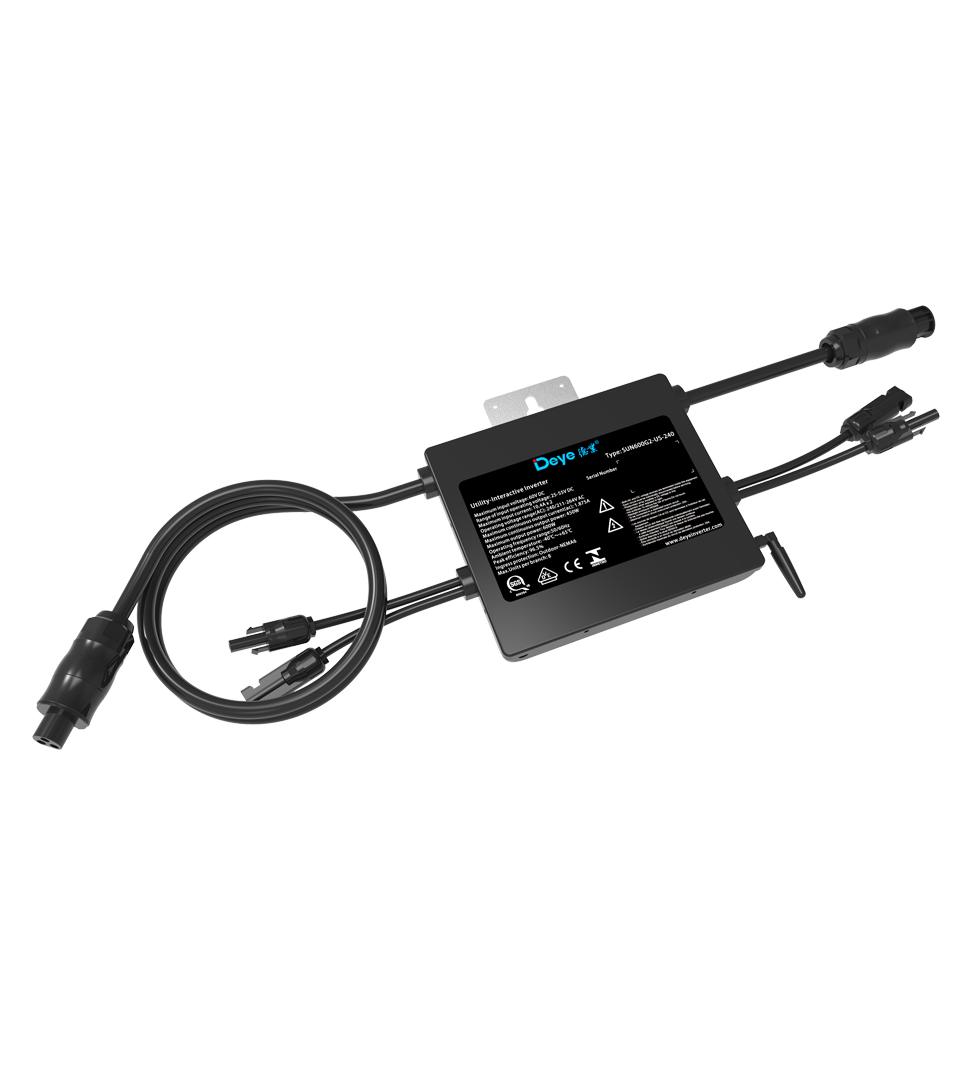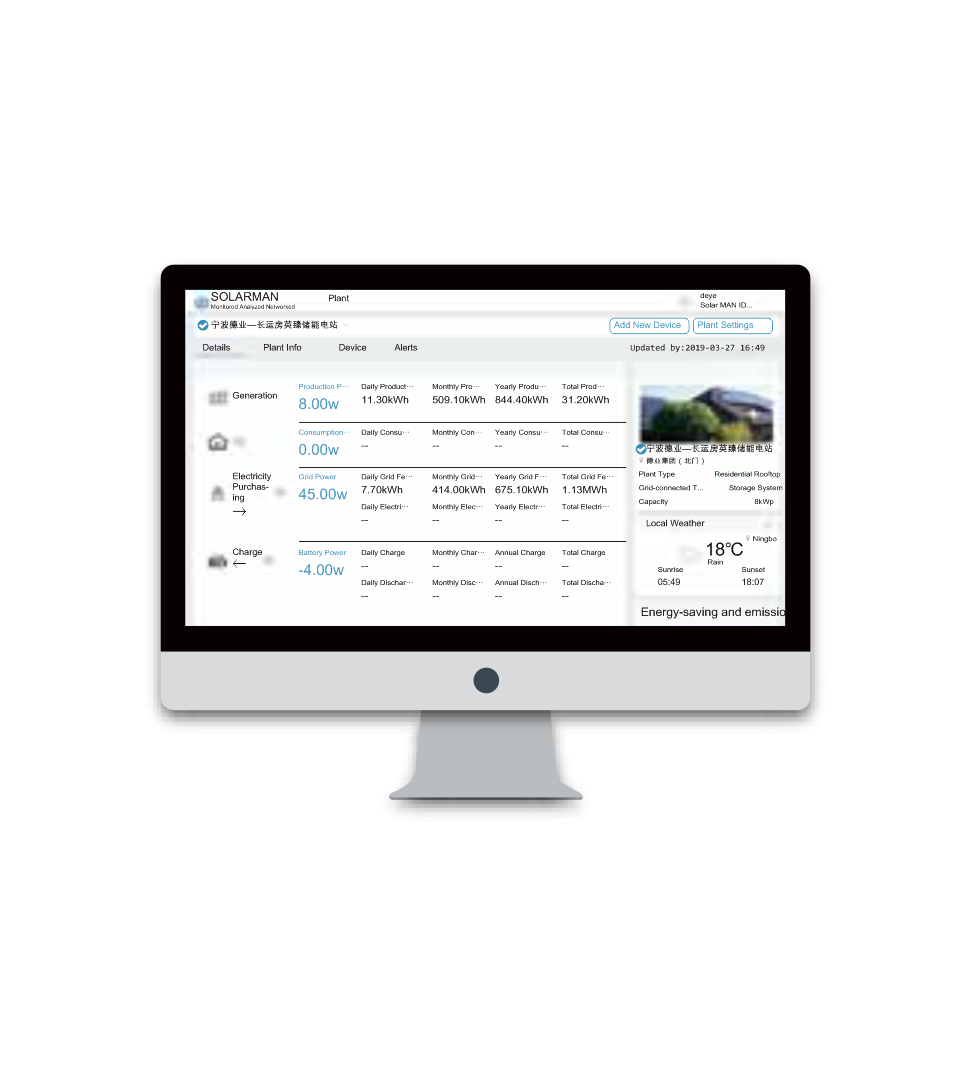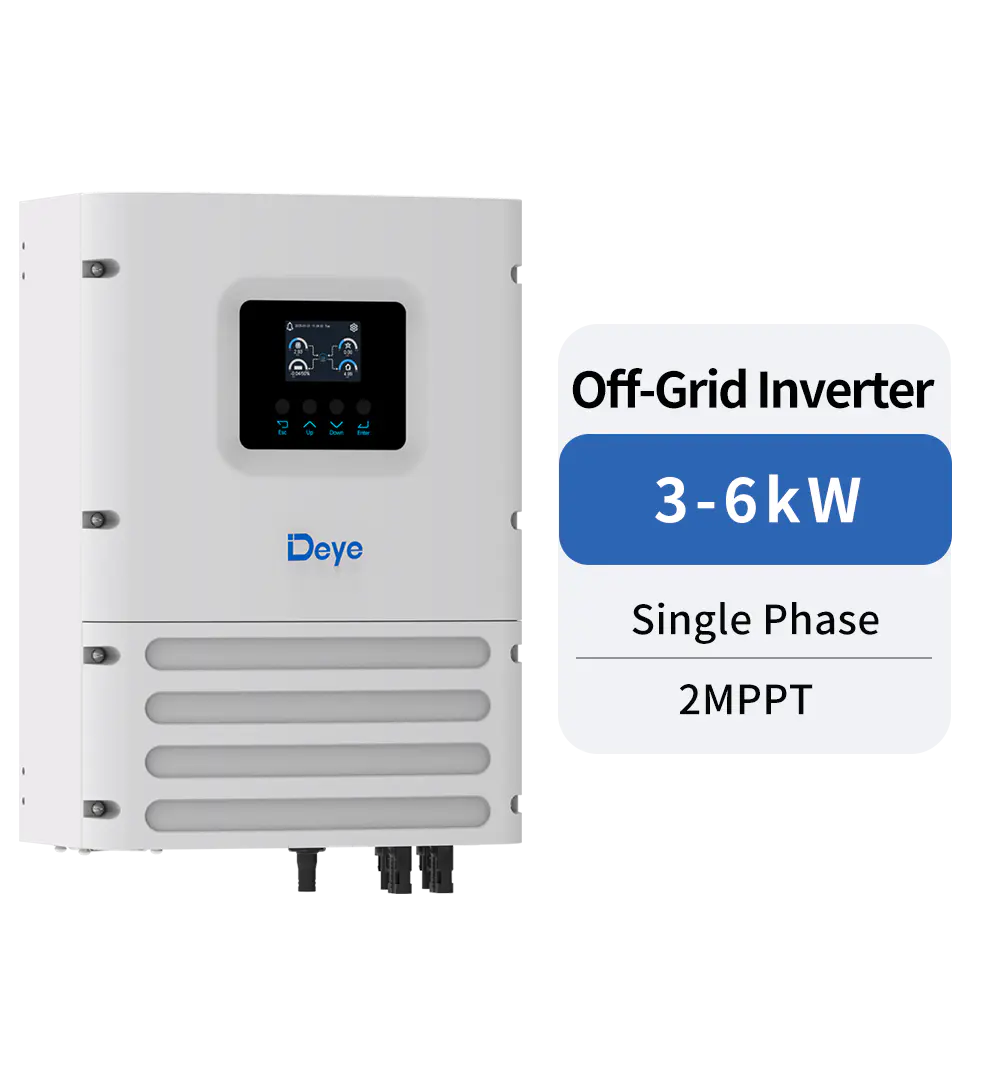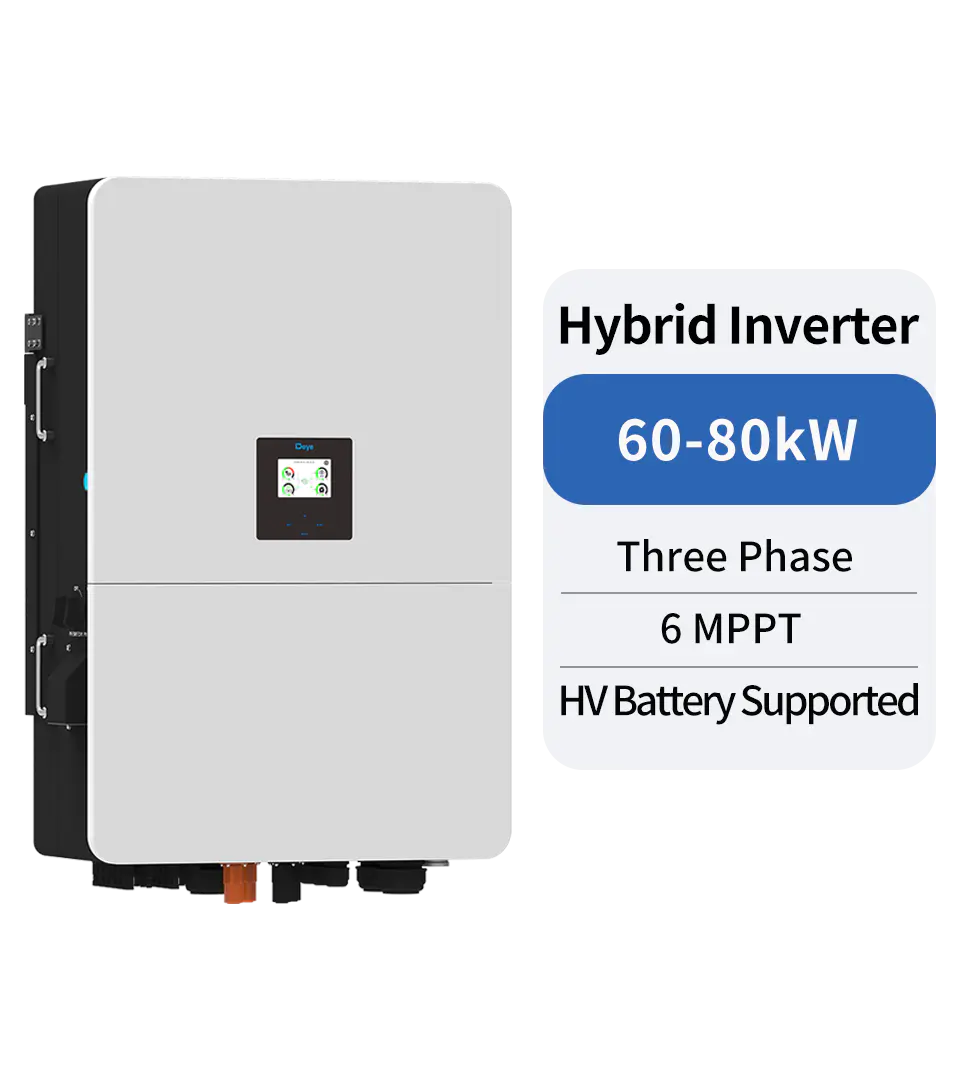Technical Topics
Micro Inverter - Why You Might Need One For Your Home
Micro inverters are small plug and play devices that turn direct current from your solar module into alternating current. If you're wondering what this device is and how it works, you've come to the right place.
There are many different types of Micro inverters available on the market. These units are categorized into single-phase or multi-phase micro inverters. Single-phase units are great for residential installations, because they don't require constant monitoring. Single-phase Micro inverters are better used as backup systems, as they don't require constant monitoring. Multi-phase units are better for commercial applications. They provide clean, convenient power to your home or business, and help the grid accept solar power.
The downside to Micro-inverters is that they cost more than conventional solar panels. Micro inverters add twenty to thirty percent to your solar power system, while string inverters add between ten and fifteen percent. Still, despite their additional cost, the benefits of owning them are many. Micro-inverters are popular in homes with different roof orientations or shading. They are easy to install, and many come with plug-and-play connectors.

Several micro inverter manufacturers offer their own monitoring tools. Deye supply Smart PV Management Platform. Some of them even offer proprietary monitoring tools that are free to download. Make sure to use an appropriate monitoring tool for your micro-inverter before installing it. The downside of buying a micro-inverter is that great weather conditions can cause damage to it. Therefore, make sure to check the manufacturer's warranty before you buy one. The warranty period on a micro-inverter should be eight to twelve years, while other models can last for up to twenty years.

There are a few differences between string inverters and micro-inverters. If you're installing solar panels on the roof, it can be more difficult to replace the micro-inverter. In such cases, you may need to climb on your roof to access the unit. String inverters, on the other hand, are easier to replace. Despite the inconvenience of a micro-inverter, the Enphase System can be expanded as your needs change. You can add solar battery or more panels if you need to, and expand the system as your needs grow.
As the solar industry evolves, micro-inverters are becoming more widely available. You can buy micro inverters from a variety of solar power systems retailers. And, with the cost of micro-inverters dropping, micro-inverters are an excellent option for homeowners who want to save money while using solar power. You can also get them installed by a reputable company. So, if you're ready to take the plunge, go for it.
While string inverters have higher efficiency than micro-inverters, they can't cope with varying panel rated output. In addition, string inverters have a tendency to reduce the output of the lower producing panel. However, micro-inverters can help mitigate this problem by allowing individual panels to operate independently. Generally, a micro-inverter is recommended for more home solar projects. Most homes have some form of shading on their roof. This can reduce the energy production by more than 50%.
A micro-inverter also has several advantages over string inverters. Micro-inverters are more reliable and less redundant than their string counterparts. While string inverters would stop producing power if a fault develops, micro-inverters are more reliable. Because of this, micro-inverters are appealing to places where production is important. As of 2013, 40% of inverters in the U.S. were micro-inverters.
A micro-inverter is an excellent option for commercial solar users. The micro-inverter can help you get more solar electricity because it can compensate for slight differences in solar panel currents. A micro-inverter is also a better choice if you have multiple panels facing different angles. It can also compensate for issues with shading. In addition to this, micro-inverters can also help you to monitor the performance of individual panels so that you can use them to their fullest potential.
The size of a micro-inverter is determined by the size of your solar panel and the amount of electricity it can produce. Depending on your geographic location, angle of tilt, and the direction facing your panel, the amount of electricity produced by a solar panel may vary. If you use a micro-inverter, it may clip, resulting in loss of power. If you are looking for a reliable micro-inverter, choose one with a capacity of 320 watts.
PREV:Deye Solar Inverter Review
NEXT:What can a Grid Interactive Inverter do
Share
Product recommendations
news recommendations
-

-
 Green Industry, Bright Future: Deye Distributor Summit – Dubai 2025 Concludes Successfully
Green Industry, Bright Future: Deye Distributor Summit – Dubai 2025 Concludes SuccessfullyIn November 2025, Deye Group successfully hosted the “Green Industry, Bright Future—Deye 2025 Dubai ...
-
 Deye’s Malaysia Johor Manufacturing Base Officially Breaks Ground — A Key Step Forward in Its Globalization Strategy
Deye’s Malaysia Johor Manufacturing Base Officially Breaks Ground — A Key Step Forward in Its Globalization StrategyOn October 2, 2024, Deye Group (hereinafter referred to as “the Company”) held a groundbreaking cer...

 China - 简体中文
China - 简体中文 Global - English
Global - English Brazil - Português
Brazil - Português Netherlands - Dutch
Netherlands - Dutch Italy - Italiano
Italy - Italiano Germany - Deutsch
Germany - Deutsch Spain - Español
Spain - Español France - Français
France - Français Vietnam - Tiếng Việt
Vietnam - Tiếng Việt Poland - Polski
Poland - Polski Australia - English
Australia - English


